Catherine Sarah Greenwood was a Saturday Club tutor for three academic years at the University of Central Lancashire’s (UCLan) Fashion&Business Saturday Club. She owned a childrenswear country wear brand promoting British made designs. She is currently pursuing her PhD at UCLan and works as a lecturer in Digital Marketing. Her research seeks to identify key characteristics that will provide insight into influencer fashion communication practices.
How did you approach curriculum planning for the University of Lancashire Fashion&Business Saturday Club?
I planned to include elements of programmes available to study within the university. The curriculum then also became an element of the university’s outreach and recruitment. We were able to offer insights into fashion promotion with styling, and things like fashion and textile design. It was a good way to incorporate a well-rounded curriculum that also used critical and contextual studies. It was also really important to offer insights into the industry, and show that for example, no design team is a one-man band. I wanted them to understand that working in a collaborative team meant that they could identify their strengths and weaknesses and, in the future, use that to help with employability. Seeing different facets of the industry isn’t necessarily something that’s offered in schools.
The curriculum also revolved around what I had access to and what I could share with them, whilst working around budget constraints. For example, sourcing jewellery making equipment which became part of our optional ‘quiet time’, and during the pandemic I also offered to repair garments at a local charity shop in exchange for twenty large bags of denim.

Was there an element of needing to modify a higher education course to make it more accessible and engaging for young people?
Yes and no. Because the cohort of Club members we saw are digital natives as opposed to being digital immigrants, i.e. raised prior to the digital age, they’re potentially in a better position than some of our undergraduates. They were able to take a lot of it in their stride, because the fashion industry moves so quickly and there are so many technological developments that impact the industry. This generation of students seem a lot more self-aware than my generation, for example. I may discuss critical studies with postgraduate students in a specific way, but the Club members were still involved in those kinds of discussions, for example having opinions on consumer behaviour, culture, and influencers.
I think it’s also about gauging the interest of specific cohorts. The recent cohort of Club members weren’t as interested in textiles as the year before. They were more interested in garment construction, so I tailored the programme to appeal to them in that way too.
Did your Saturday Club have opportunities to explore any local heritage?
We were very lucky because a Club member’s mother, from the university’s Art&Design Saturday Club, was a Creative Director for the British Textile Biennial. We were very fortunate to be able to tour the Biennial on a coach, it was an absolutely fantastic experience. It gave the cohort the opportunity to see everything going on in Lancashire, including exhibitions and installations, and learn about the heritage and innovation of textile arts in the region.

Why do you believe it’s essential for young people to experience opportunities in which they can develop critical and creative thinking skills?
There’s a specific narrative around ‘cleverness’. For example, I was told I wasn’t academic because I couldn’t recite my times-tables. But I’m an academic now. What I was good at was applying ideas and finding solutions. I don’t think creative thinking skills have to be taught only to those wanting to work in creative industries. Creative thinkers can apply their skills to every-day life, like for finding alternative transport routes, or fixing something that’s broken, even creatively interpreting data and consumer behaviour. Schools seem to be desperate for skills like memorising, recalling knowledge, and digital skills, but I always want to stress that, in a world where we’re seeing rapid developments in AI, human critical and creative thinking will always be employable. Bill Gates said ‘I choose a lazy person to do a hard job. Because a lazy person will find an easy way to do it’ – that’s because they’re creative thinkers! In a world of fake news and false information, it’s also so important to be able to critically question the opinions we’re hearing or reading about. That’s a really crucial skill.

How can creative thinking be integrated into an institution’s approach to teaching and learning?
There’s a big gap in the field of personal and professional development of design and art, especially with regards to access. For example, there’s a Young Scientist Centre at UCLan, which is a multi-functional space with worktops that have adjustable height. It’s more accessible than a university’s laboratory, and more suitable that a school, especially for a young person to get a feel of a professional space. It’s a creative solution to learning. Spaces like that are so important for access and to make those environments feel reachable, and they’re especially needed for art and design.
Spaces like these could also reconcile the education needed for parents and teachers to understand that choosing to do a degree in the creative industries is not the failure it is often seen as.
Environments to teach functional skills are also so important. Things like sewing on buttons, being able to carry out basic repairs, anything that might’ve usually been passed down through generations, and having the space to learn about, create, and pursue entrepreneurial projects. Like, I haven’t needed to use Pi since school exams, but I have needed to sew on buttons and Beaver Scouts badges! A young creative centre could be the type of space for a young person to explore future pathways and develop those creative and critical thinking skills the modern curriculum is losing.

How did your experiences as a creative practitioner feed into the learning environment?
Being able to deal with criticism! That’s something I think every young creative struggles with, so that’s something I always try to pass on. Keep those sketchbook pages you don’t like because there’s always something to learn from them. It’s all about the journey. It’s very easy to want to get to the final, perfect piece but without the story, the final piece isn’t worth as much. I think creative people can quite often feel like they don’t belong anywhere, and Saturday Club is definitely somewhere they felt like they belonged. It was important to consider and facilitate that space. I also tried not to provide them with any final outcomes, or any examples to just copy. I wanted them to take creative freedom and initiative.
What were some of your favourite things about being a Saturday Club tutor?
Seeing the young people get excited. And seeing some of the transformative stories. A Club member from the first cohort was so quiet and timid, but by the end of it I was asking him to be quiet! One of my favourites was also ‘oh no I can’t use a sewing machine’ and then they almost scare themselves in realising they’re doing it and putting something together. You get to seeing the young people light up when they realise they’re accomplishing something.
The University of Central Lancashire now runs an Art&Design Saturday Club, where Club members have the opportunity to the university’s fine art and ceramics facilities to explore photography, painting, drawing and sculpture. Find out more about the Club.
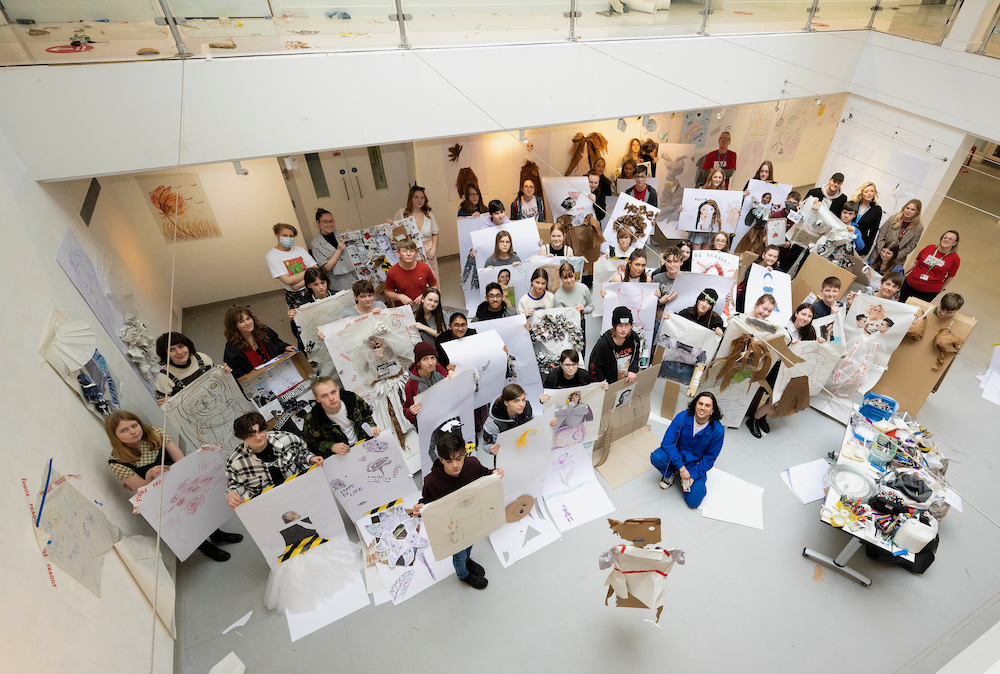
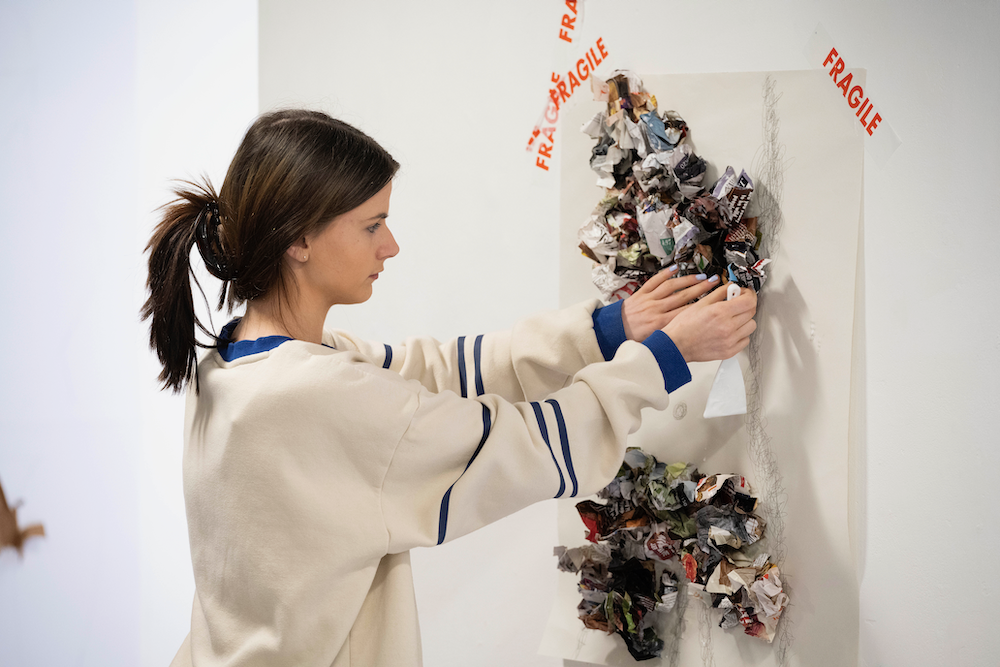
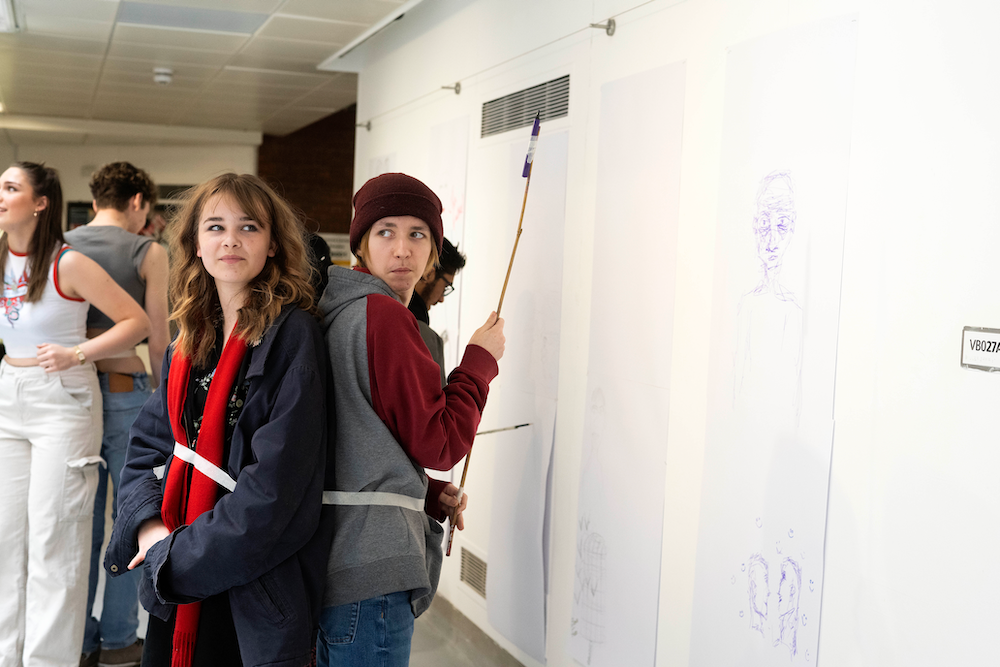
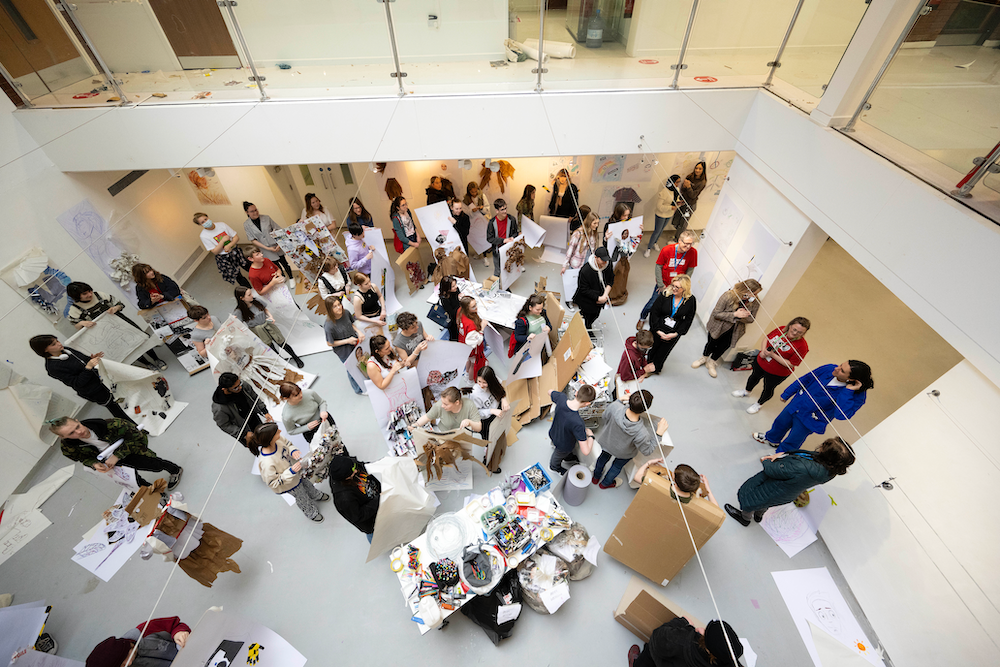
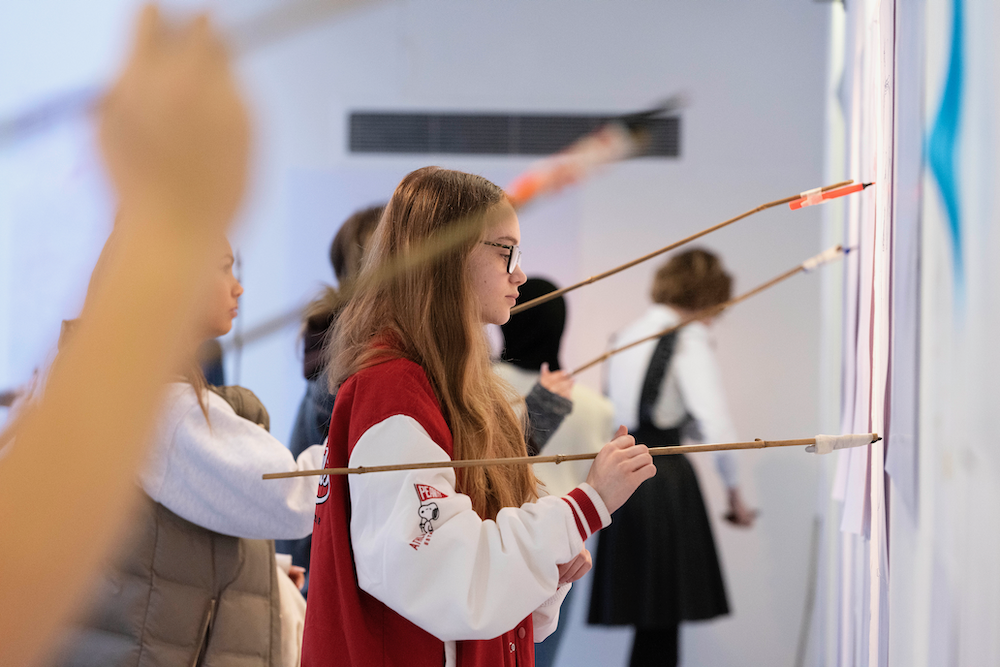
Interview conducted and edited by Anisha Jackson